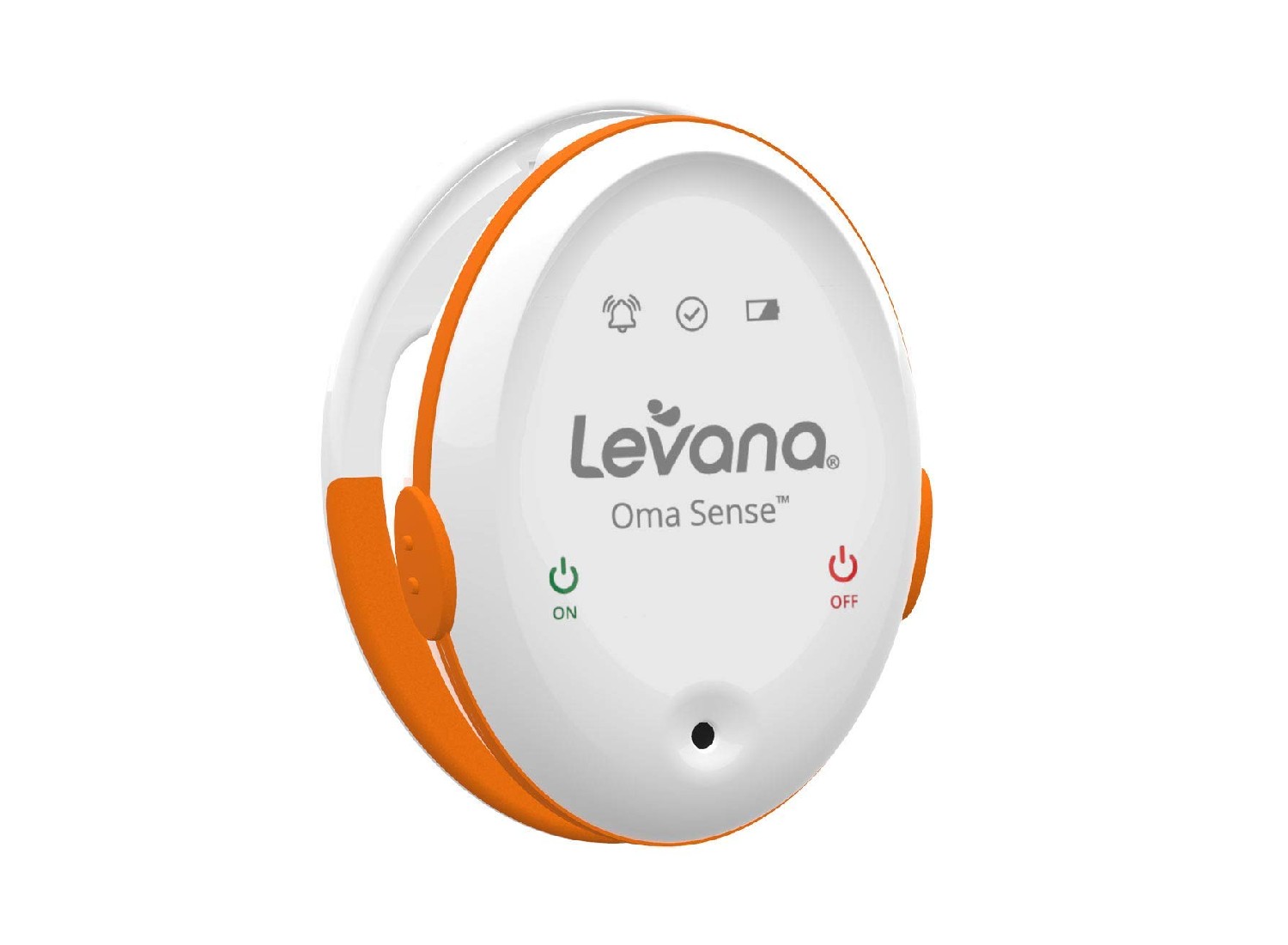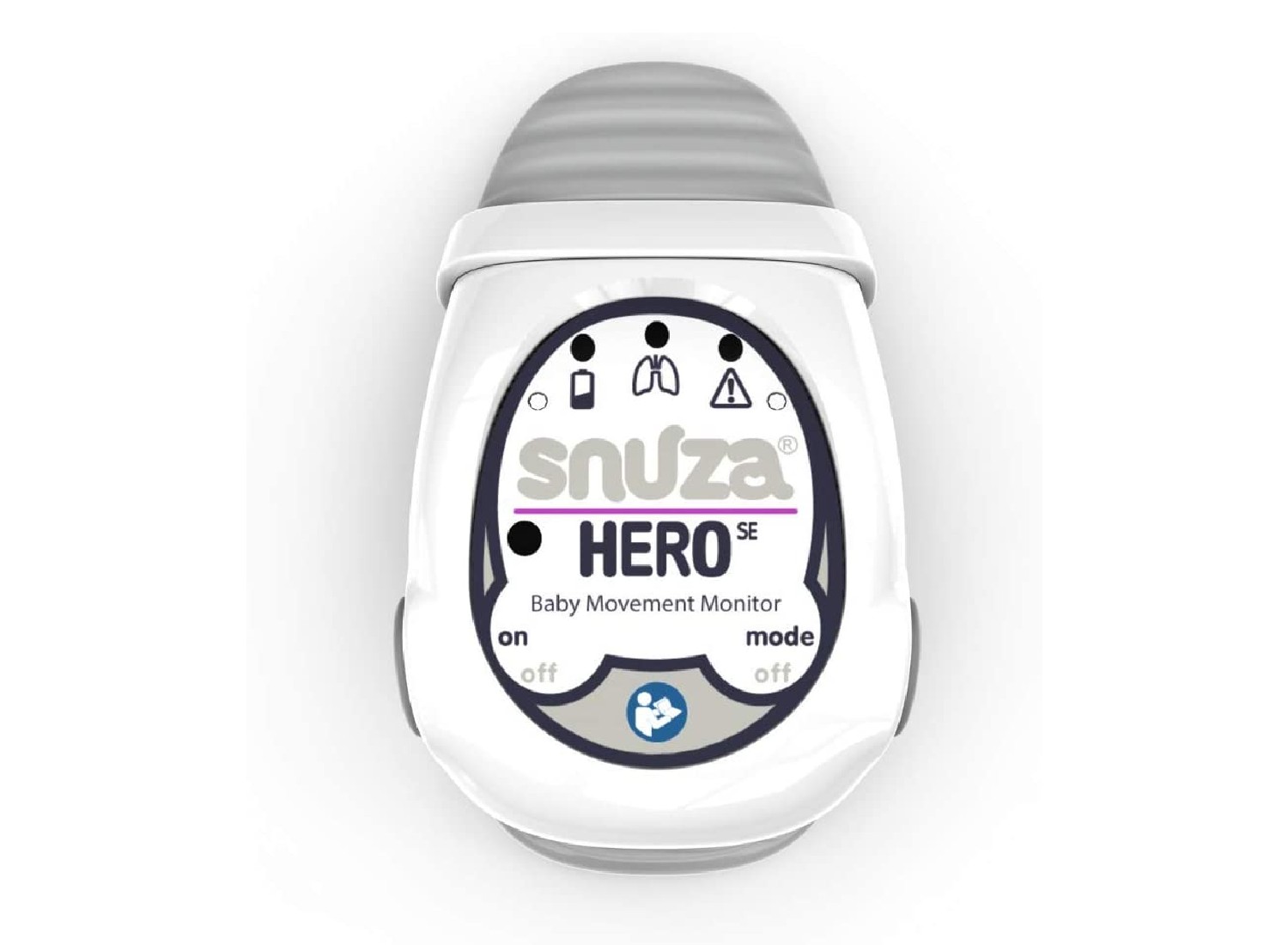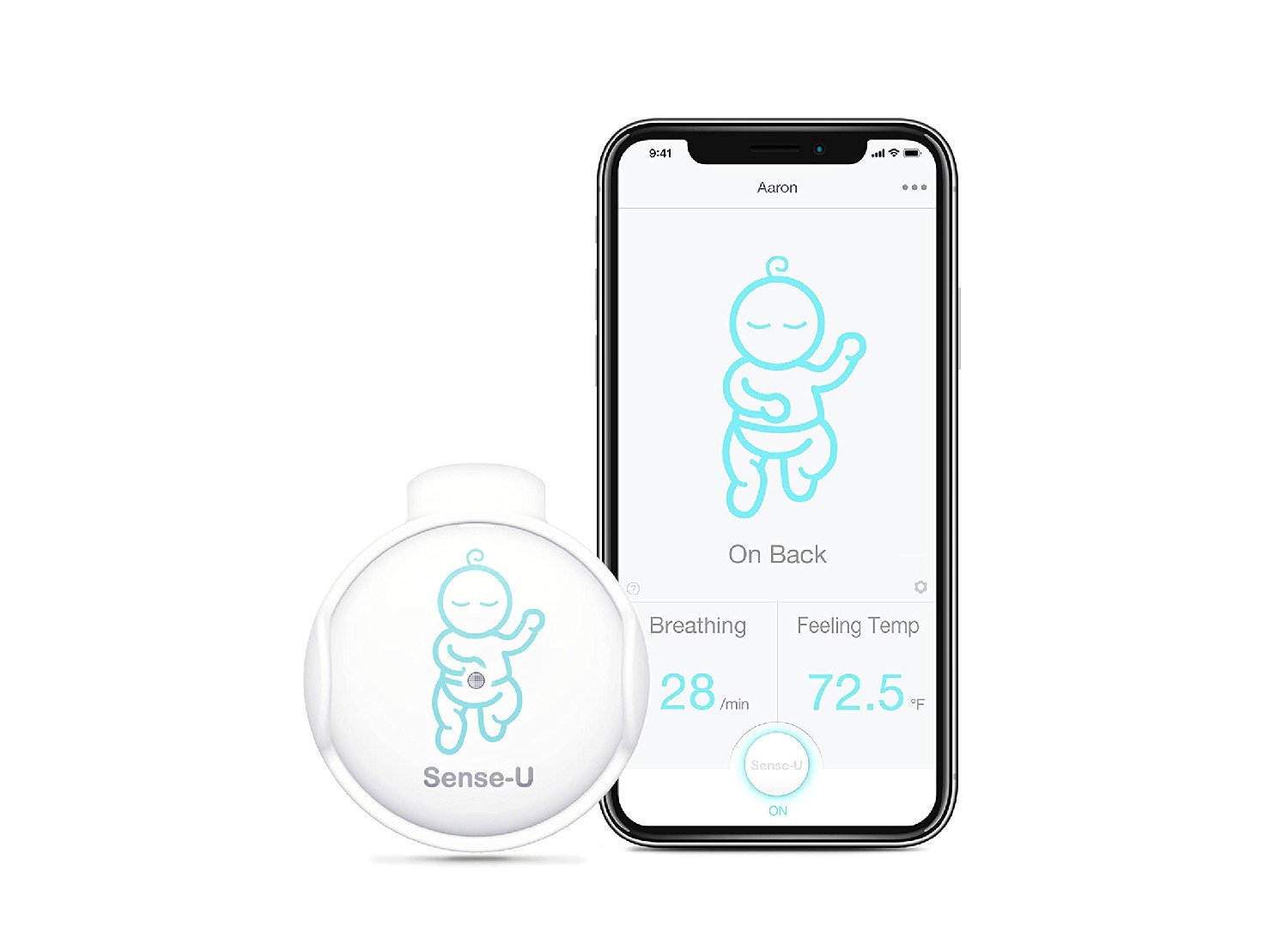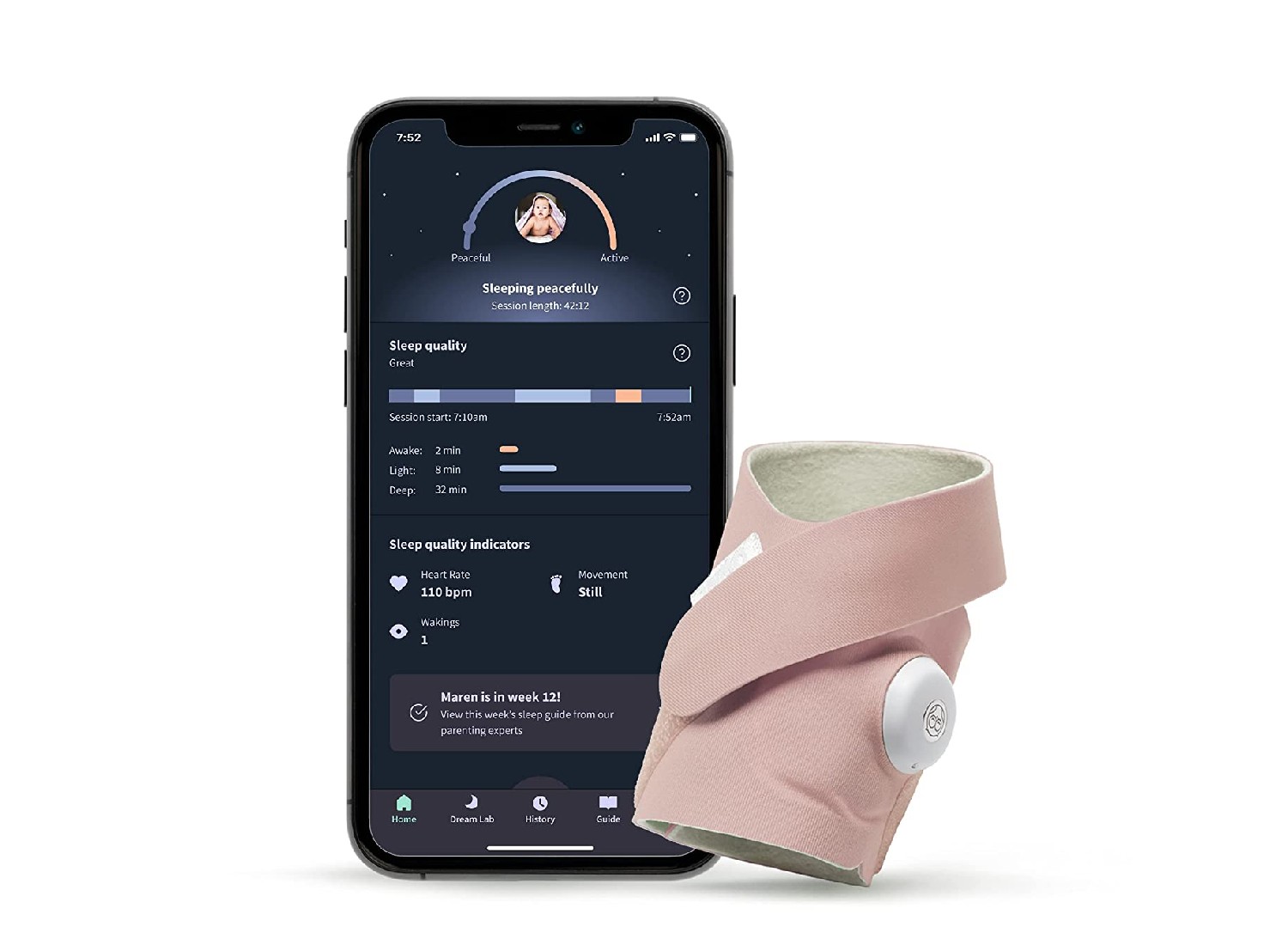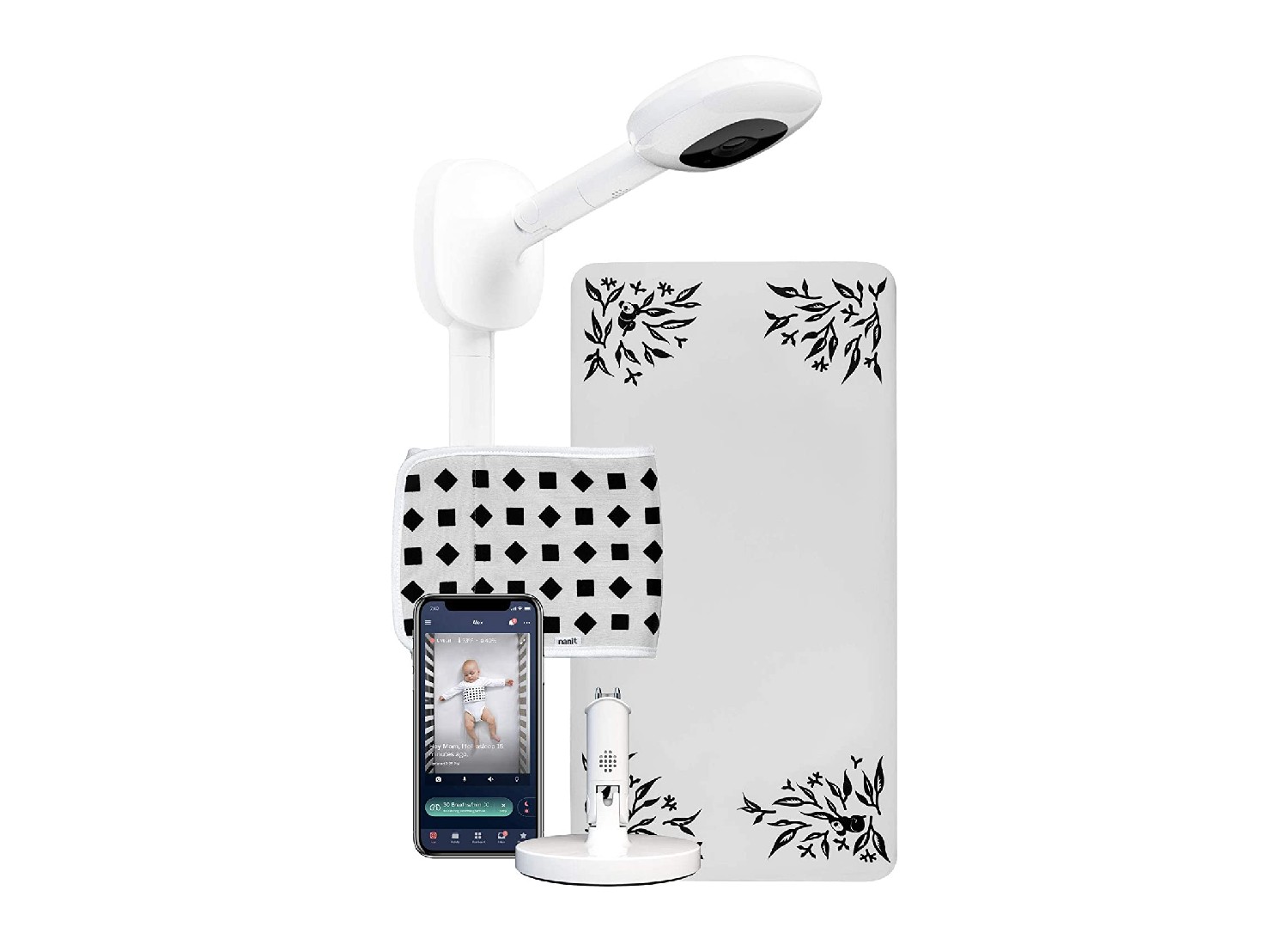Help Keep Your Baby Safe With the Best Baby Breathing Monitor
Do you find yourself frequently checking on your child? Having a newborn may cause you to enter the nursery frequently to calm your nerves. During the first several months, anxiety can be detrimental to mom’s health. Caregivers worry about the risk of something happening to their child. Luckily, a range of baby monitors allows you to monitor your infant's breathing and sound an alarm when they detect a decrease in abdominal movements.
Baby monitors come in a variety of styles and sizes. Some will use your smartphone to display footage of your child, while others will have a dedicated display monitor. Some use their own radiofrequency rather than your Wi-Fi network. We researched the top-quality baby breathing monitors of 2024 to assist you in locating the most effective and useful device for your child.
Finding a Quality Baby Breathing Monitor: A Buyer's Guide
Baby monitors come in a variety of sizes and designs. Some will use your smartphone to show videos of your child, while others will have a specialized display monitor. There are many brands to choose from, and each will offer features suitable to your home’s requirements. In addition to recognizing the numerous infant abdominal movement monitors available, let’s examine several factors you should consider while evaluating your options.
Types of Abdominal Movement Monitors
Stationary breathing monitor
A stationary monitor comprises sensor boards put beneath the crib mattress. The infant’s movements get relayed to a station that monitors respiration and includes an apnea sensor. This requires an analysis of the frequency of breaths per minute. You can easily put the receiver on the crib or an adjacent table or cabinet. Wireless, battery-powered monitors are great to have for safety reasons.
Portable breathing monitor
Portable monitors attach to a baby’s diaper or clothing. Some highly advanced sensors can detect weak respiration. In addition to detecting very weak breathing, these monitors may stimulate the infant with vibrations. If these vibrations are insufficient, an alarm will sound.
How To Choose a Baby Breathing Monitor
Battery life
Some baby abdominal movement monitors include a plug-in charging wire, while other models are easily attached to the infant, slipped beneath the baby’s bed, or placed elsewhere in the room or crib. Typically, these independent devices are powered by batteries, making them portable. Many low-end items will feature short-lived or non-rechargeable batteries. If you are considering purchasing a video-receiving device, you should know these displays require frequent battery changes.
Apps
Many monitors can also connect to your smartphone. If you dislike using your phone throughout the night to watch your child, you may wish to look for a device with a more conventional parent receiver. Accessibility concerns should be considered, as some devices restrict you from performing specific functions via your phone or the in-room abdominal movement monitor.
Sensitivity level
Baby breathing monitors that enable you to change your transmitting component’s sensitivity are worth the additional cost or research. Some infants are naturally more still than others; thus, you will need to adjust the alarm settings for these infants to alert at a lower rate. Otherwise, the monitor alerts will sound every time your kid takes a nap, which can quickly become annoying.
Alarm
Alarm features should be loud and slightly annoying because if a product doesn’t quickly grab your attention and alert you to a problem, it’s not worth the money. You should consider alarm features that include loud tones and flashing lights.
Movement sensors
Movement sensors are among the best methods for monitoring a baby’s abdominal movements and safety during the night and naps. Typically, movement sensors have adjustments for sensitivity. Look for baby breathing monitors that easily attach to your infant, slide beneath them, or fit under their bedding.
Durability
Do not choose a product made of substandard material that attaches to your child or fits under a mattress. Clip-on monitors are less durable, so if your infant flings objects, avoid these. Look for an appropriate option based on the individual needs of your baby. The most durable devices are those that sit in the room and monitor breathing, abdominal motion, and sound from a distance.
Indicators
Indicators will alert you to low battery or malfunctioning/defective sensors. Usually, these warnings consist of a low beeping sound or blinking lights.
Additional features
Two-way audio is essential for parents who want to soothe their crying infants without entering the room and disturbing their sleep. These items include a receiver and a transmitter so that you and your child can hear each other.
Cost
A lot of reasons contribute to price variation among baby monitors. A baby breathing monitor has more features and typically costs more than a monitor. Investing more in an abdominal movement monitor will often result in a longer-lasting item or one that is easier to use.
Consider the ongoing costs associated with your monitor and the initial purchase price. You must also consider the cost of updating the baby’s respiration monitor regularly.
Why Should You Use an Abdominal Movement Monitor
Live breathing monitoring
Nothing is more important than getting peace of mind as your infant sleeps. This is one of the greatest advantages of a smart infant breathing monitor. The ideal monitor displays your baby’s RPMs (respiration rates per minute) in real-time, providing you with tremendous peace of mind. Some types allow you to monitor your baby’s respiration rate by simply launching an app on your smartphone and viewing the screen.
High safety standards
Baby breathing monitors use wireless technology, which prevents signal loss and hacking. Attachable abdominal movement monitors don’t feature wires that may be hazardous to children. The two cords leading to the receiver are concealed beneath the mattress and secured with the safety plate. This eliminates the danger posed by unsecured cables. The two sensors monitor the entire space of the crib. The breathing monitor is likewise free of radiation and does not produce heat, like some electronics.
High-quality audio and visual capabilities
The baby breathing monitors have the huge advantage of allowing parents to check on and observe their infants in their cribs. Are they weeping because they are no longer wrapped in a blanket? Have they misplaced their pacifier? Having a camera and speakers of high quality on your baby’s breathing monitor makes a significant impact on infants and toddlers. The video can be stored in the cloud for future viewing. Perhaps your infant is constantly waking up early, or perhaps they just let forth an adorable laugh. You can open your app to view stored footage.
Track your child in any part of the world
Are you on a work trip and want to check on your child? An appropriate baby breathing monitor ensures that you always have access to your infant.
Talk to your infant or play a lullaby without entering their room
Entering your baby’s room as they fall asleep may cause them to awaken. With a smart baby breathing monitor, you may effortlessly relax your baby by speaking to them or playing soothing music without entering their room. This is useful even as they get older, as you can remind them to stay in bed or switch on a white noise machine in case of an approaching storm.
Versatile
Baby breathing monitors use modern technology and feature high-resolution video, breathing detection, and audio monitoring. Even if you’re in a different room, you can still monitor them.
Detailed sleep data
Some breathing monitors provide sleep analysis and recommendations based on this data. This allows you to make informed decisions about your baby’s health and wellness. It is also useful for parents who are beginning the process of sleep training their infant.
Comparing the Top Baby Breathing Monitors of 2024 in Detail
Levana Abdominal Movement Monitor – Best Overall
The Levana Abdominal Movement Monitor makes monitoring your infant’s abdominal movement simple and reliable. It uses a patented, one-handed clip-on design that makes it easy to connect and detach from your child. You don’t have to worry about the monitor contacting your baby’s skin because it fits snugly over your infant’s pants, diaper, or buttoned onesie. Its flashing blue light indicates that everything is functioning properly.
If it detects no abdominal movements for 15 seconds, it will launch a random series of vibrations to awaken your child and gently stimulate regular abdominal movement. It features an audio emergency alarm that alerts parents and carers if a baby’s abdominal movement doesn’t get re-established within five seconds of the original signal. This product is the best on the list because of its effective alert feature, simple connection, and robust construction.
Pros
- Easily attachable with a clip
- Gentle vibrations
- LED lights and emergency alarm
Cons
- The batteries are not rechargeable
Snuza Baby Breathing Monitor – Stimulation Feature
The Snuza Baby Breathing Monitor is a great choice if you frequently travel and want a product that monitors your baby’s abdominal movements. It is made with silicone and medical-grade polycarbonate that is free of BPA, lead, phthalates, and latex, making it safe for your infant. After 15 seconds of no respiratory movement, it will attempt to rouse your baby gently by employing vibrations to stimulate your infant, after which it will audibly alarm parents.
It’s readily attached to a baby’s diaper or pajamas to monitor movement. It includes wake technologies, such as varying sounds, vibrations, and lighting that help keep your baby active and breathing perfectly. The audible tick setting enables you to “hear” your infant’s respiration.
Pros
- Simple design with no required apps
- Stimulates infant before alerting parents
- Ticking helps in hearing the baby’s respiration
Cons
- Not tracking or data provision
Sense-U Abdominal Movement Monitor – Easy to Clip On
The Sense-U Abdominal Movement Monitor is an excellent option if your baby turns over onto its stomach. It also tracks your baby’s sleeping posture and alerts you if your little one flips over to sleep on their stomach. It uses Bluetooth low energy (BT4.0), which emits little radiation, making it safe for your baby. It easily tracks your infant’s body temperature and alerts you when measurements deviate from predetermined ranges.
Also, it instantly reconnects to your cellphone when it is in range, enabling you to view your baby’s movements from any location with sound and light alerts. You may watch over your infant from another nearby room thanks to the far-reaching signal.
Pros
- Monitors rolling, respiration, and temperature
- Easy to connect through Bluetooth
- Easy to clip on and use
Cons
- Not ideal range for larger homes
Owlet Baby Breathing Monitor – Beautiful Design
The Owlet Baby Breathing Monitor allows close monitoring of your infant’s abdominal movements. The safe, encrypted Wi-Fi network enables you to monitor your child anytime, from any location. The smart sock easily connects with the base station to send an alert if your infant’s heart rate fluctuates drastically. This package has a camera and an intelligent sock that helps monitor your infant’s movements. The camera has HD resolution and night vision capabilities to help you perfectly view your child’s movements.
Also, it allows you to identify patterns that can assist you in modifying your baby’s sleep schedule as they develop. Its two speakers enable you to comfort your baby from a different room. You can rest assured because it’s free of latex, BPA, and lead, making it safe for your infant to use.
Pros
- Base station is easy to set up
- Monitors data via your mobile device
- Monitors oxygen, heart rate, and sleep
Cons
- Active infants may lose this monitor
Nanit Abdominal Movement Monitor – Perfect Night Vision
The Nanit Baby Breathing Monitor system features HD video and night vision for breath monitoring. It easily connects to your smartphone, which will notify you of changes in your baby’s movement or respiration. It features a compact, sensor-free breathing band to measure breathing motion. It also comes with a wall mount, a portable multi-stand, the Nanit pro camera, and a growth-tracking smart sheet.
It’s simple to set up the multi-stand in any location for optimum adaptability and versatility, and it features safe wire management. The smart monitor’s split-screen feature lets you simultaneously see and control with one camera in the app. Two-way audio and a high-quality camera allow you to remain connected to your baby from anywhere.
Pros
- HD camera with night vision features
- Reliable alert system
- Safely monitor the baby’s respiration
Cons
- Requires wall installation
People Also Asked
A: Breathing irregularities in newborns are common. Parents frequently worry about this irregularity, as babies' breathing systems are sensitive. Usually, this breathing irregularity goes away during the first few months. If the issue does not go away, this may indicate a health issue. Breathing monitors help provide peace of mind. A breathing monitor keeps track of the baby's breathing patterns or movements and sounds an alarm if it doesn't detect any movement from the infant.
A: Monitors provide many parents with a sense of security. These monitors are an excellent tool against health risks. Parents are often advised to purchase one of these products since they significantly lower the danger, but remember, these products aren’t medical devices, and there is no evidence that these prevent SIDS. Still, they may alert parents when their baby experiences irregular breathing patterns.
A: Parents of infants with serious conditions like sleep apnea may rely on them for an extended period. Most specialists advise discontinuing the use of a baby monitor when a child reaches about four years old. At that point, your child may not need to use a sleep monitor.
A: You may stop using a baby breathing monitor at any time, but keeping the monitor on all night may help you sleep better. The monitor you choose should have enough battery to last throughout the night, so you don’t have to worry about the battery dying while your baby is using it.
